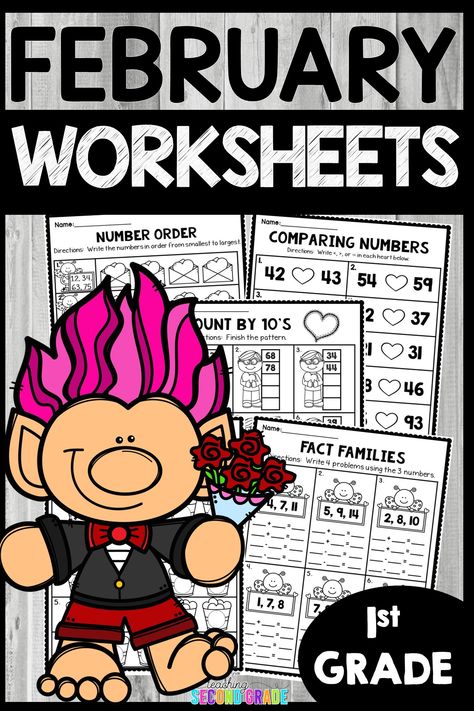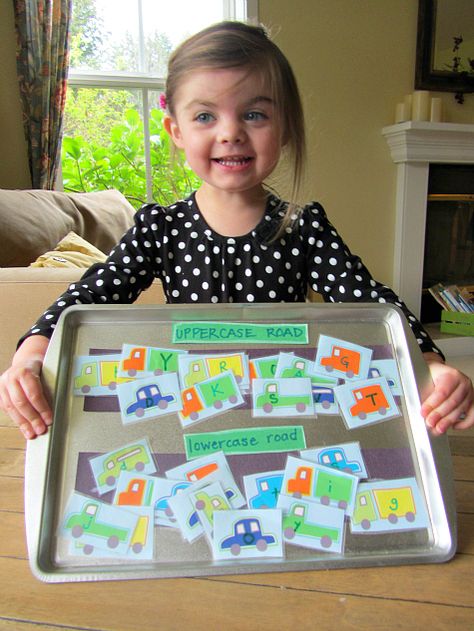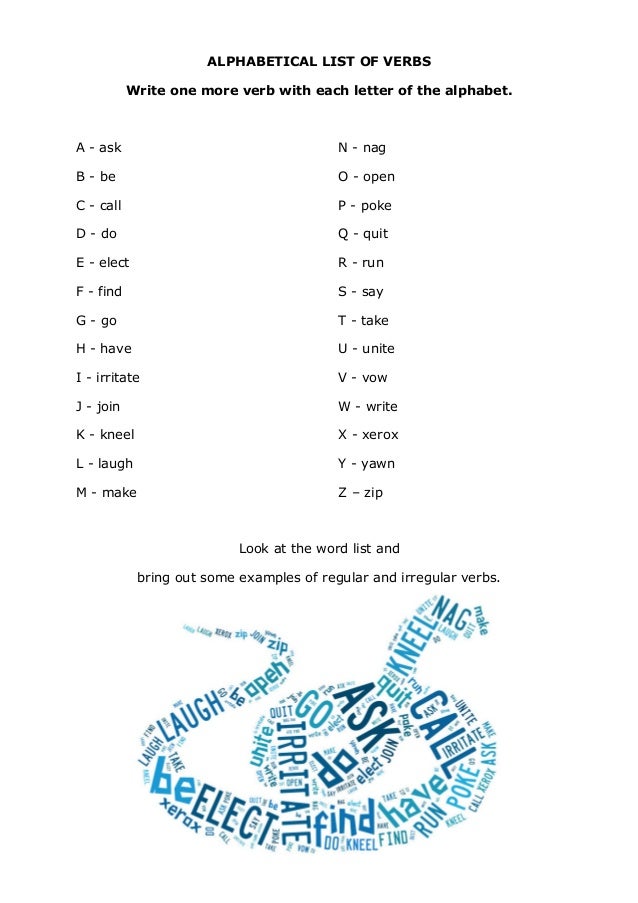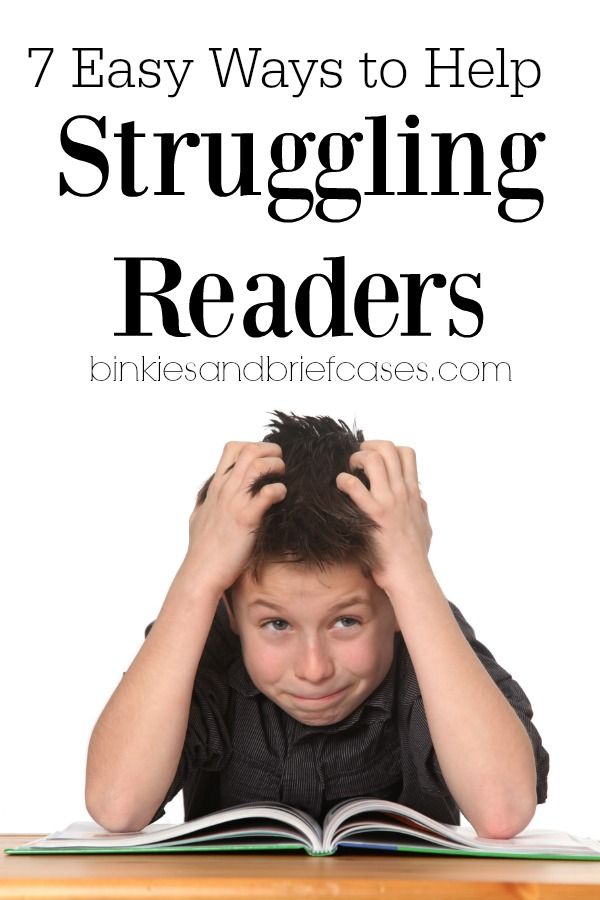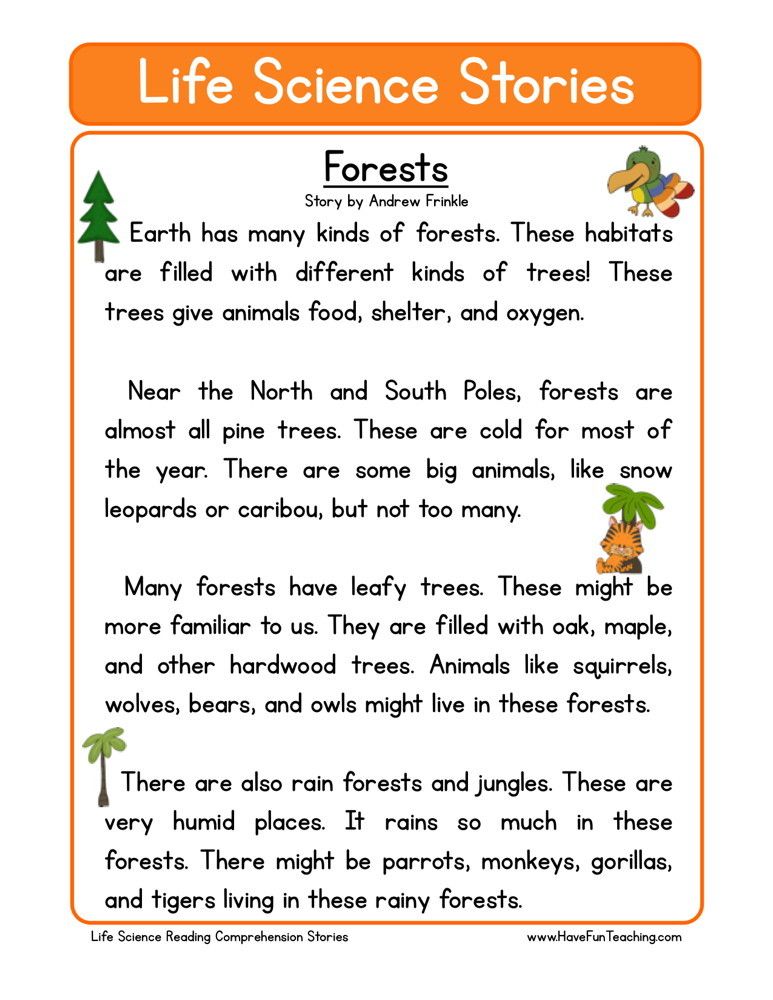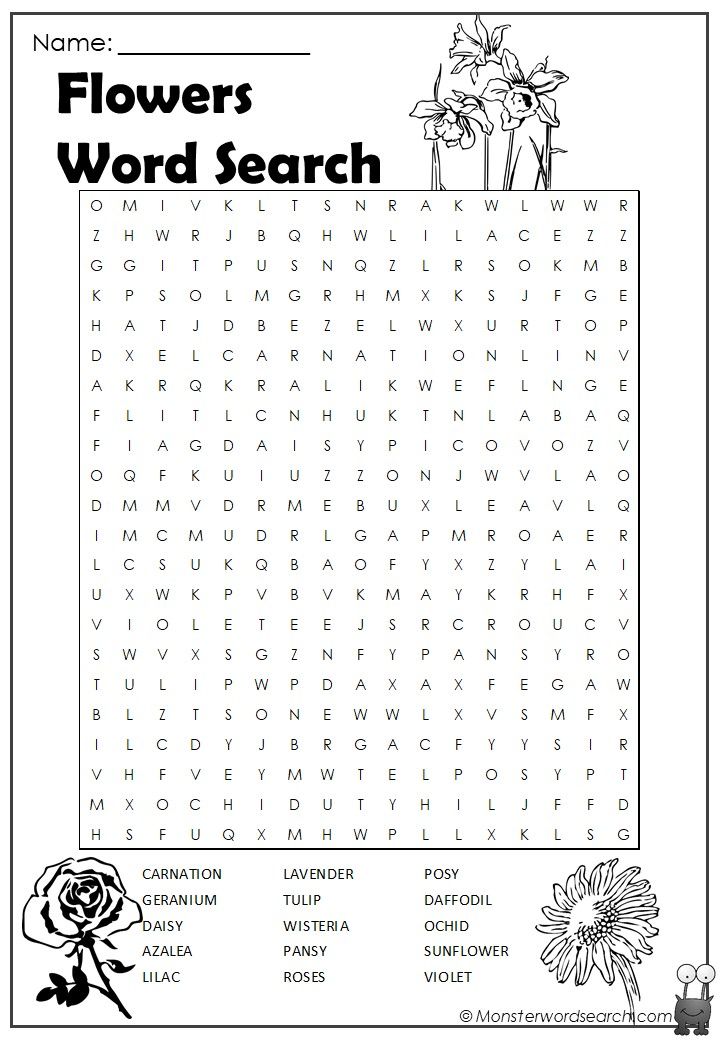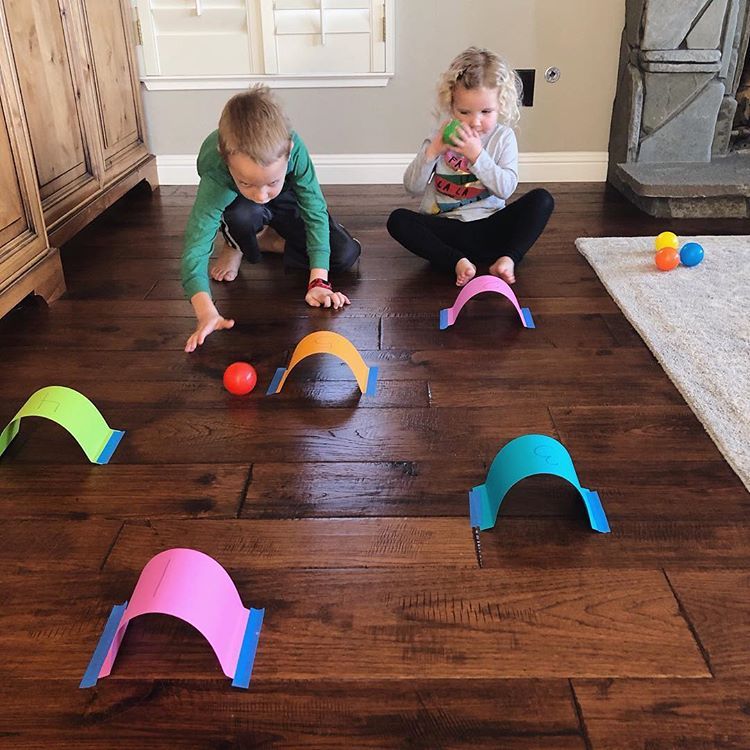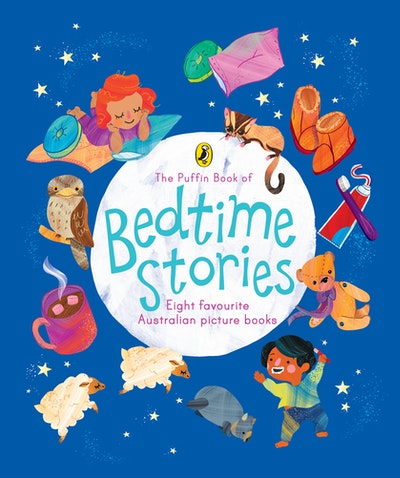How to practice vocabulary words
Literacy Strategy: How to Teach Vocabulary Words
It’s hard for students to read and understand a text if they don’t know what the words mean. A solid vocabulary boosts reading comprehension for students of all ages. The more words students know, the better they understand the text. That’s why effective vocabulary teaching is so important, especially for students who learn and think differently.
In this article, you’ll learn how to explicitly teach vocabulary using easy-to-understand definitions, engaging activities, and repeated exposure. This strategy includes playing vocabulary games, incorporating visual supports like graphic organizers, and giving students the chance to see and use new words in real-world contexts.
The goal of this teaching strategy isn’t just to increase your students’ vocabulary. It’s to make sure the words are meaningful and relevant to their lives.
Watch: See teaching vocabulary words in action
Watch this video of a kindergarten teacher teaching the word startled to her students:
Read: How to use this vocabulary words strategy
Objective: Students will learn the meaning of new high-value words and how to use them.
Grade levels (with standards):
- K–5 (CCSS ELA Literacy Anchor Standard L.4: Determine or clarify the meaning of unknown and multiple-meaning words and phrases)
- K–5 (CCSS ELA Literacy Anchor Standard R.4: Interpret words and phrases as they are used in a text)
Best used for instruction with:
- Whole class
- Small groups
- Individuals
How to prepare:
Choose the words to teach. For weekly vocabulary instruction, work with students to choose three to five new words per week. Select words that students will use or see most often, or words related to other words they know.
Before you dive in, it’s helpful to know that vocabulary words can be grouped into three tiers:
- Tier 1 words: These are the most frequently used words that appear in everyday speech. Students typically learn these words through oral language. Examples include dog, cat, happy, see, run, and go.
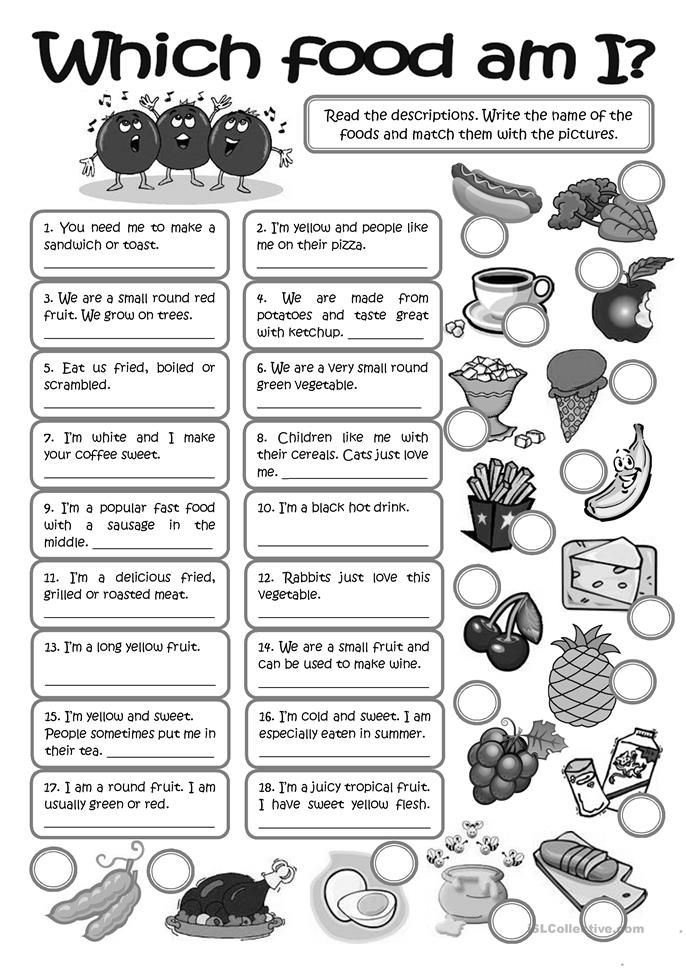
- Tier 2 words: These words are used in many different contexts and subjects. Examples include interpret, assume, necessary, and analyze. The Smarter Balanced Assessment Consortium has a partial list of Tier 2 words, broken down by grade levels.
- Tier 3 words: These are subject-specific words that are used in particular subject areas, such as peninsula in social studies and integer in math.
When choosing which vocabulary words to teach, you may want to pick words from Tier 2 because they’re the most useful across all subject areas.
Select a text. Find an appropriate text (or multiple texts for students to choose from) that includes the vocabulary words you want to teach.
Come up with student-friendly definitions. Find resources you and your students can consult to come up with a definition for each word. The definition should be easy to understand, be written in everyday language, and capture the word’s common use.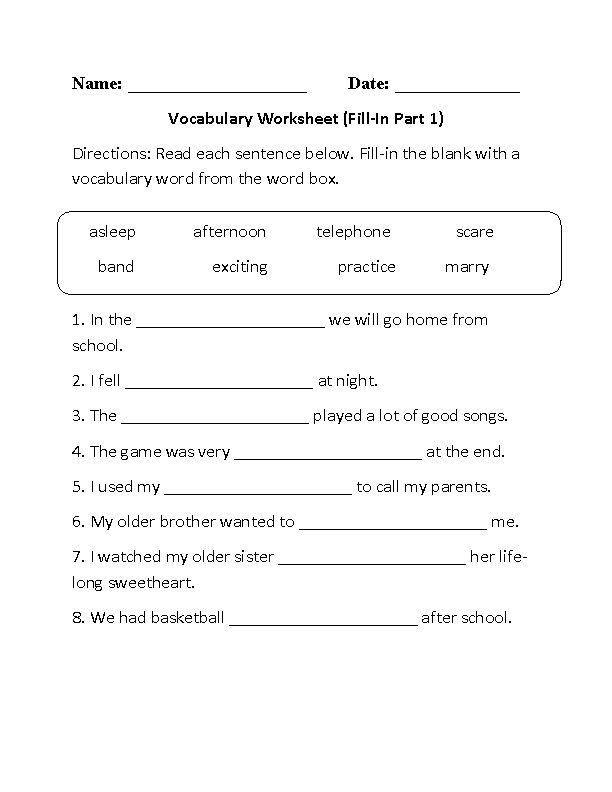 Your definitions can include pictures, videos, or other multimedia options. Cambridge Learner’s Dictionary, Merriam-Webster Learner’s Dictionary, and Wordsmyth Children’s Dictionary are all good resources to help create student-friendly definitions.
Your definitions can include pictures, videos, or other multimedia options. Cambridge Learner’s Dictionary, Merriam-Webster Learner’s Dictionary, and Wordsmyth Children’s Dictionary are all good resources to help create student-friendly definitions.
How to teach:
1. Introduce each new word one at a time. Say the word aloud and have students repeat the word. For visual support, display the words and their definitions for students to see, such as on a word wall, flip chart, or vocabulary graphic organizer. Showing pictures related to the word can be helpful, too.
For English language learners (ELLs): Try to use cognates (words from different languages that have a similar meaning, spelling, and pronunciation) when you introduce new words. For more information about using cognates when teaching vocabulary to ELLs, use these resources from Colorín Colorado. You can also ask students to say or draw their own definition of the words — in English or their home language — to help them understand each word and its meaning.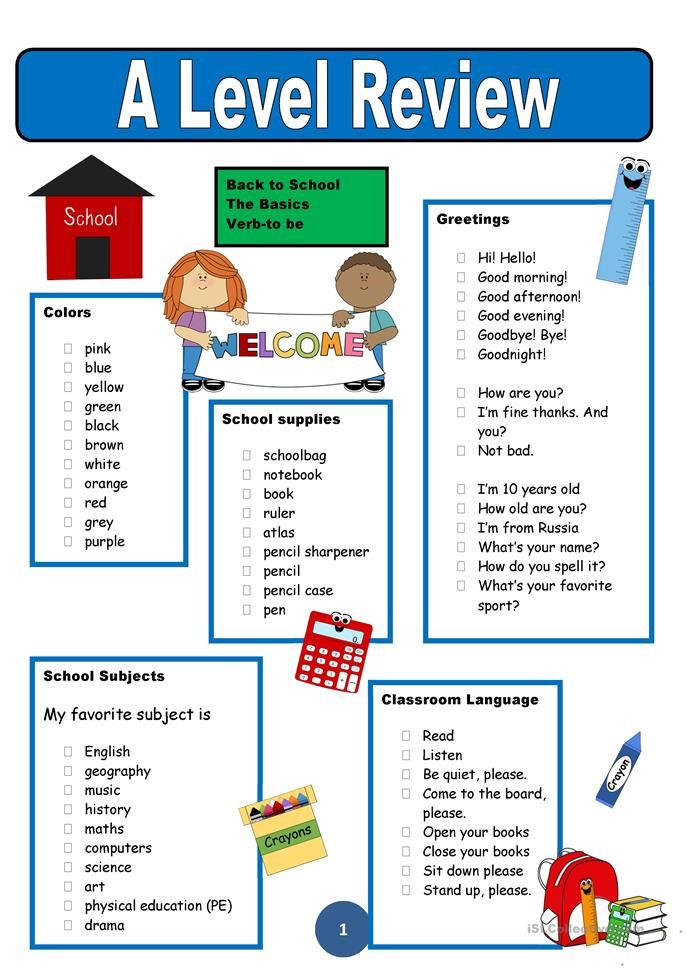
2. Reflect. Allow time for students to reflect on what they know or don’t know about the words. Remember that your class will come to the lesson with varying levels of vocabulary knowledge. Some students may be familiar with some of the words. Other students may not know any of them. If time permits, this could be a good opportunity to use flexible grouping so students can work on different words.
3. Read the text you’ve chosen. You can read it to your students or have students read on their own (either a printed version or by listening to an audio version). As you read, pause to point to the vocabulary words in context. Use explicit instruction to teach the word parts, such as prefixes and suffixes, to help define the word. If students are reading on their own or with a partner, encourage them to “hunt” for the words before reading. Hunting for these words first can reduce distractions later when the focus is on reading the text.
4.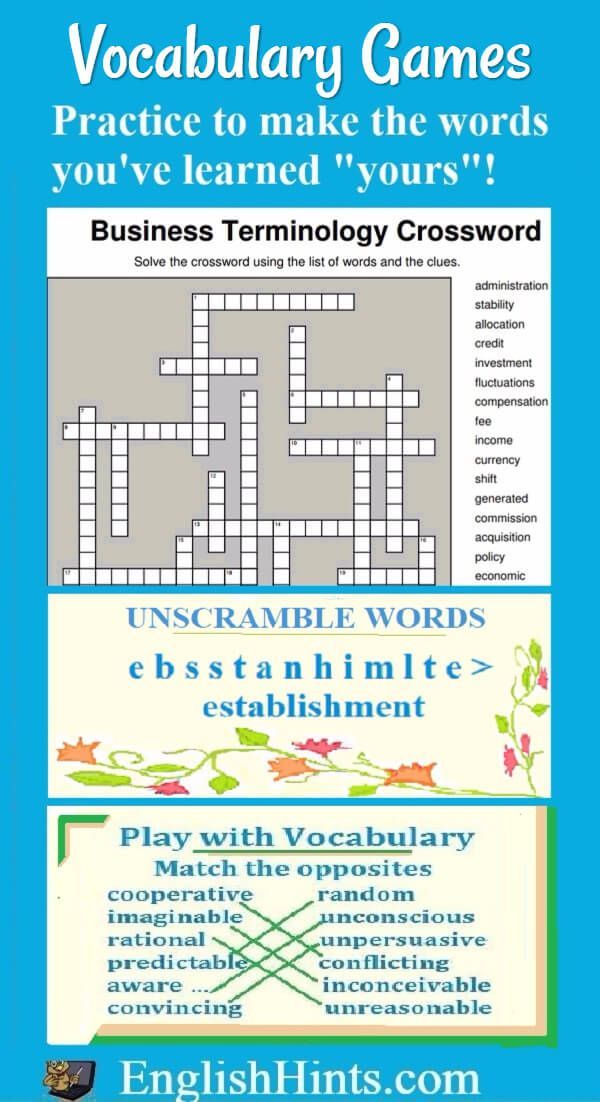 Ask students to repeat the word after you’ve read it in the text. Then remind students of the word’s definition. If a word has more than one meaning, focus on the definition that applies to the text.
Ask students to repeat the word after you’ve read it in the text. Then remind students of the word’s definition. If a word has more than one meaning, focus on the definition that applies to the text.
5. Use a quick, fun activity to reinforce each new word’s meaning. After reading, use one or more of the following to help students learn the words more effectively:
- Word associations: Ask students, “What does the word delicate make you think of? What other words go with delicate?” Students can turn and talk with a partner to come up with a response. Then invite pairs to share their responses with the rest of the class.
- Use your senses: Ask your students to use their senses to describe when they saw, heard, felt, tasted, or smelled something that was delicate. Allow students time to think. Then ask them to give a thumbs up if they’ve ever seen something delicate. Call on students to share their responses. Do the same with each of the senses.
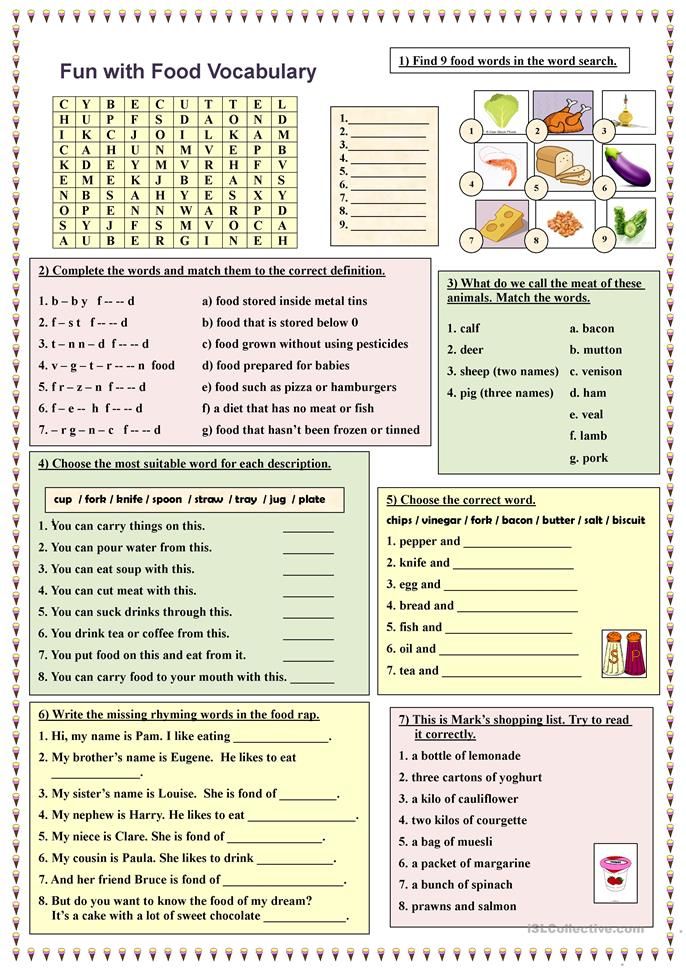
- A round of applause: If the word is an adjective, invite students to clap based on how much they would like a delicate toy, for example. Or students can “vote with their feet” by moving to one corner of the room if they want a delicate toy or another corner if they don't. This activity works especially well if you pair the new adjective with a familiar noun.
- Picture perfect: Invite students to draw a picture that represents the word’s meaning.
- Examples and non-examples: Give one example and one non-example of how the word is and isn’t used. For instance, you could tell students that one thing that is delicate is a teacup. One thing that isn’t delicate is the cement stairs into the school. Then invite students to share their own examples of things that are and aren’t delicate.
After students do one or more of the activities above, have them say or draw the word again.
6. Play word games. Throughout the week, play word games like vocabulary bingo, vocabulary Pictionary, and charades to practice the new words. Include words you’ve taught in the past for additional reinforcement.
Throughout the week, play word games like vocabulary bingo, vocabulary Pictionary, and charades to practice the new words. Include words you’ve taught in the past for additional reinforcement.
7. Challenge students to use new words. They can use their new vocabulary in different contexts, like at home, at recess, or during afterschool activities. Consider asking students to use a vocabulary notebook to jot down when they use the words. You can even get your colleagues or school administrators in on the fun by asking them to use the words when talking with students or in announcements. Praise students when you hear them using those words in and out of the classroom.
Understand: Why this strategy works
Rote memorization (“skill and drill”) isn't very helpful when it comes to learning new vocabulary. Students learn best from explicit instruction that uses easy-to-understand definitions, engaging activities, and repeated exposure. Teaching this way will help students understand how words are used in real-life contexts and that words can have different meanings depending on how they’re used.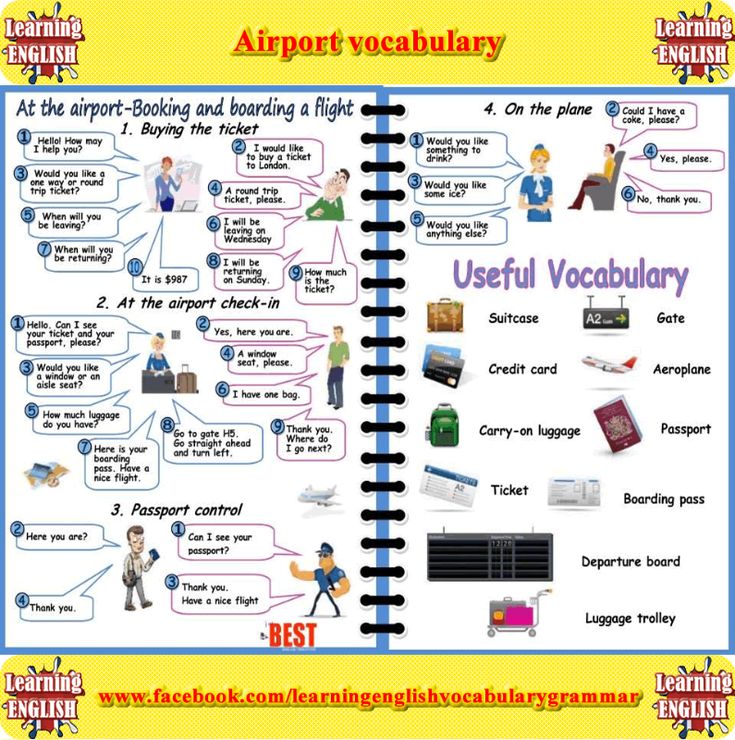
This explicit approach helps all students and is especially helpful for students who learn and think differently. This includes students who have a hard time figuring out the meaning of new words when they’re reading. It can be difficult for them to make an inference or use context clues to figure out what a word means.
Explicit vocabulary instruction with student-friendly definitions means there’s no guesswork involved. Repeated exposure and practice help to reinforce the words in students’ memories.
Share with families this resource they can use at home to help students grow their vocabulary. You can model some of these strategies for families at back-to-school night or another family event.
Adapt: Use for distance learning
- Partner with your students’ families. Find out what resources they have available and what they might need to support learning at home.
- Guide students in a synchronous online lesson or record a video for asynchronous learning.
 Either way, use UDL as you’re planning the lesson.
Either way, use UDL as you’re planning the lesson. - Give students multiple ways to access the text during the lesson. Display the text on the screen and read it aloud or play an audio version. Provide links to the text or audio versions (if available).
- If you’re asking students to draw definitions, they can use paper and pencil and erase their work to use the paper over and over. Or they can put paper inside a Ziploc bag and use a marker that can be wiped off (if they have these supplies).
- Give students opportunities to collaborate. For synchronous learning, use small group instruction or break-out rooms. For asynchronous learning, have students collaborate on an interactive whiteboard or shared document.
- Use a tool like Padlet to make an online word wall for the class with definitions and pictures for each word. Or have students create a personal vocabulary tracker digitally or on paper.
Research behind this strategy
“Bringing Words to Life: Robust Vocabulary Instruction (2nd ed.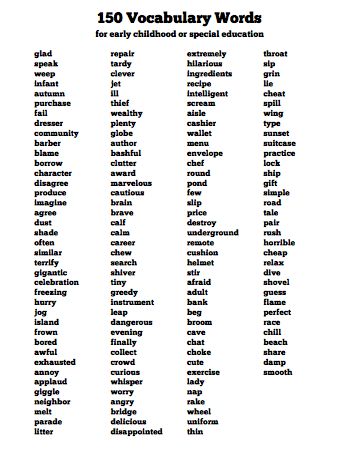 ),” by Isabel L. Beck, Margaret G. McKeown, and Linda Kucan
),” by Isabel L. Beck, Margaret G. McKeown, and Linda Kucan
“A review of the current research on vocabulary instruction,” from the National Reading Technical Assistance Center, RMC Research Corporation
“Building Academic Vocabulary: Teacher’s Manual,” by Robert J. Marzano and Debra J. Pickering
“Teaching Word Meanings,” by Steven A. Stahl and William E. Nagy
Related topics
Reading and writing
School supports
Strategies and tips
20 Meaningful Vocabulary Activities for Every Grade
Learning new words is like adding to your writing wardrobe. Your writing becomes so much more interesting and engaging when you have more options available. These vocabulary activities work for all ages, K-12, and provide kids with a variety of learning options to help them build their own word bank.
1. Make a word map
Word maps help deepen understanding of a vocab word by relating it to other words and concepts students already know.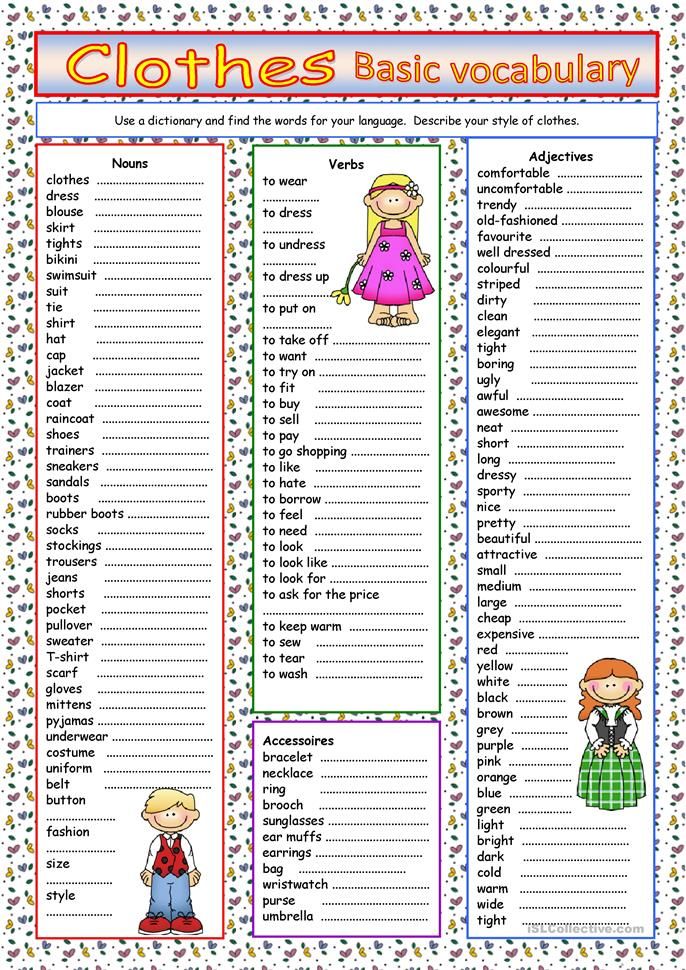
ADVERTISEMENT
Learn more: Word Map/Upper Elementary Snapshots
2. Use the Frayer Model
Frayer models are a popular way to learn new words and concepts. Kids define the word in their own terms, then list facts and characteristics, examples, and non-examples.
Learn more: Southern Fried Teachin’
3. Draw vocabulary sketchnotes
Kids and teachers love sketchnotes! Rather than writing out definitions, have students draw a sketch that sums up each word instead. It’s a lot more fun and gives kids an image for visual association and to help remember the meanings.
Learn more: Now Spark Creativity
4. Bump words along
Group vocab words together with a few other words with similar meanings and one that’s an antonym. Students identify the antonym and “bump” it to the next box, filling in the next group of words. They continue until the worksheet is full.
Learn more: Reading and Writing Haven
5.
 Post a Graffiti Wall
Post a Graffiti WallThink of a vocabulary graffiti wall like a collaborative word wall. In the classroom, post the words on the wall and have kids add sticky notes to illustrate the term (they can use words or pictures). Online, try a tool like Padlet or Google Slides.
Learn more: Digging Deeper
6. Match words to describe character
This is a terrific way to practice vocab words pulled from books you’re reading. Ask students to use various words to describe the different characters in the book and their feelings, thoughts, and actions.
Learn more: The Sassy Apple
7. Fill in words from A to Z
This vocabulary game is fun and challenging, and you can play it at any age. Choose a word, then challenge kids to come up with related words for as many letters as possible. These could be synonyms, antonyms, examples, and more. Trickier letters are worth more points!
Learn more: A to Z/Lit in Focus
8. Try Flipgrid for vocabulary activities
Forever a Teacher at Heart/Twitter
Are you on the Flipgrid bandwagon yet? It’s perfect for vocabulary activities! Have kids record a quick video for each word, using their creativity to make it fun and meaningful.
9. Battle it out in Vocabulary Jeopardy
Good vocabulary activities encourage more than just memorization of definitions. That’s why we like this Jeopardy game idea. It explores synonyms and antonyms and how words are used in real sentences.
Learn more: Not So Wimpy Teacher
10. Use RAFTs to write vocabulary stories
Writing a story using vocab words is a perennial favorite, but the RAFT method gives it a new twist. Students are assigned a Role (the point of view from which they’ll tell the story), an Audience, a Format, and a Topic. For instance, they might be an astronaut (Role) writing a postcard (Format) to their friends back home (Audience) about what they’ve seen on Mars (Topic). RAFTs are especially great for kids who claim they don’t know what to write about.
Learn more: RAFT/Teaching Writing
11. Discover the power of words
Vocabulary words take on greater meaning when students incorporate them into their daily lives.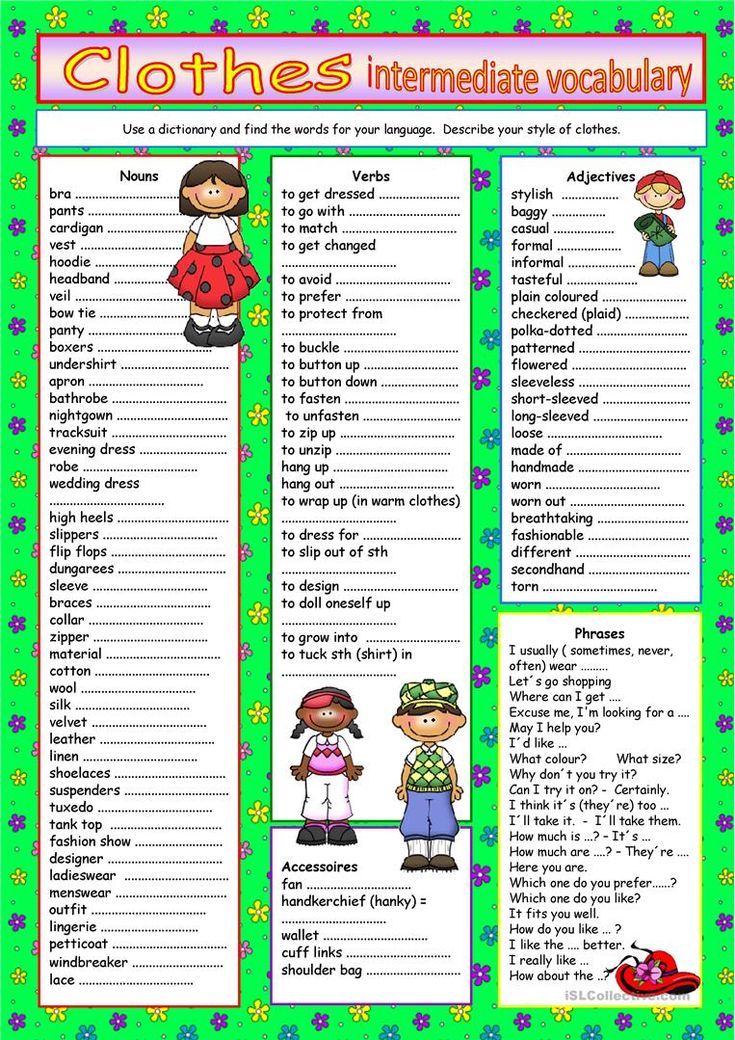 Challenge kids to use their vocab words in conversation and writing outside the language arts classroom. Use the free printable worksheet here to help them keep track of how often they use them.
Challenge kids to use their vocab words in conversation and writing outside the language arts classroom. Use the free printable worksheet here to help them keep track of how often they use them.
12. Create graphic organizers
Colorful organizers like these are terrific vocabulary activities. Want to go digital? Have kids make a slideshow, one slide per word. They can include the same information, but instead of drawing a picture, have them find one online that illustrates the concept.
Learn more: Graphic Organizers/Upper Elementary Snapshots
13. Focus on a Word of the Week
Give really important terms the attention they deserve. Choose a new vocab word each week, then explore it in depth day by day.
Learn more: Lit In Focus
14. Join the Million Dollar Word Club
Post a list of target vocab words. If a student uses one of the words in class (outside of vocabulary activities), they become a member of the Million Dollar Word Club! You can have them sign their name on a wall in the classroom or award a badge online. You could even develop this into a reward system for homework passes or extra credit.
You could even develop this into a reward system for homework passes or extra credit.
Learn more: Million Dollar Words/The Sassy Apple
15. Explore shades of meaning
This is a cool idea for exploring synonyms and the slight differences that make words unique. Ask for paint sample strips at your local hardware store, or buy a clip art set. In the classroom, use these paint strips to make crafts for a bulletin board. Working in a virtual environment? Have kids print clip art strips at home or use the images to make slides or digital worksheets.
Learn more: Around the Kampfire
16. Personify a word with social media
This is one of those vocabulary activities kids will want to do over and over again! Assign each student a word and have them create a fake Facebook, Instagram, or other social media page for it. They can draw them freehand or complete a template like these from Teachers Pay Teachers. Post the images to a shared Google slideshow so other students can use them for review.
Learn more: Reading and Writing Haven
17. Play vocabulary word Taboo
In this game, the goal is for one student to get their partner to guess the word by describing or giving examples of it. The trick? There’s a list of additional words they’re not allowed to use! Let other students see the card in advance to help keep the players honest. (Flash it on a whiteboard and have the guesser face away.)
Learn more: Teaching Talking
18. Roll a die for vocabulary activities
Choose a vocab word, then have the student roll a die (these virtual dice are handy) to see which activity they get to complete.
Learn more: Roll a Word/Lucky Little Learners
19. Write an acrostic
Write an acrostic poem for each vocab term, using the letters to determine the first word in each line. This can get really challenging when words are longer!
Learn more: Vocab Acrostic/Upper Elementary Snapshots
20. Become a Word Collector
This is one of those picture books that grown-up kids will enjoy as much as little ones. Use it to remind your kids that they don’t need a vocabulary list to learn new words—new words are all around them. Encourage them to keep a word list or journal of their own to record new words they want to explore and use more often.
Looking for more language arts ideas? Try these 11 Essential Tips for Teaching Theme.
Plus, get all the latest teaching tips and ideas when you sign up for our free newsletters!
12 ways to expand your vocabulary and start speaking beautifully
September 2Education
"Just reading more" won't help.
Share
0 You can listen to the article. If it's more convenient for you, turn on the podcast.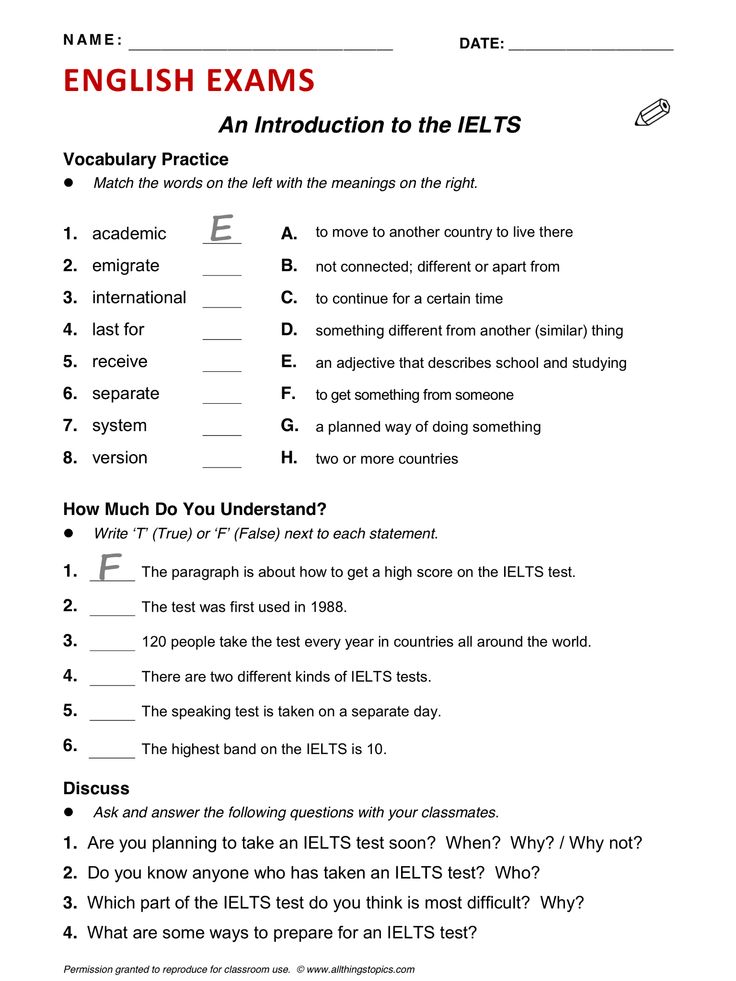
1. Get rid of parasitic words
Make room for new expressions. Eliminate “uh”, “well”, “how to”, “this is the most” and the like, as well as obscene language and clichés, from your speech. Send overly capacious expressions to them, like “real”, “fuck” and “cool”.
The trouble with them is that they can replace a significant part of the lexicon and make speech poor.
Notice unwanted words behind you. Record your own speech on a camera or voice recorder, imagine that you are at an interview or presentation. Reread your social media posts.
Analyze all this and write down the words and expressions that you want to get rid of. Share this list with a friend or colleague, ask him to pull you up every time he hears forbidden vocabulary.
2. Add variety to your reading
Logically, in order to know more words, you need to read more. But do not cling only to high literature. Flip through low-brow novels, scroll through social media posts, blogs from people you don't know, and magazines that don't suit your interests.
You should know equally well what "indifferent", "emancipation" and "simulacrum" means and what "hype", "crowdfunding" and "punchline" are.
3. Learn the meaning of unknown words
Do not be lazy to look into the dictionary and do not hesitate to ask the interlocutor if you do not understand what he is talking about. There is no shame in confessing your ignorance. This is better than pretending to understand everything, continuing an unproductive conversation and losing the chance to learn something new.
4. Communicate with people who are different from you
Your usual social circle is constantly “cooked” in the same lexicon, because you have the same interests and topics for discussion. You have probably noticed that when someone from your company finds another job or meets new people, his speech changes. He sprinkles with unusual words, jokes, and even the manner of speaking can become completely different.
Every new person changes you. Therefore, strive to constantly expand the circle of your acquaintances. Chat at the gym, shop, go to more events, and connect online. Don't push away those who are different from you.
Therefore, strive to constantly expand the circle of your acquaintances. Chat at the gym, shop, go to more events, and connect online. Don't push away those who are different from you.
5. Carry a notebook with you
In it, do not hesitate to note interesting words that you come across and unwanted expressions that you notice in yourself. But just taking notes is not enough - review them regularly and draw conclusions.
6. Learn a foreign language
This will make you pay attention to your mother tongue. You will become more careful with grammar and syntax, you will begin to carefully select words.
In addition, while studying a foreign language, you are already practicing the mechanism of memorizing new words, as well as introducing them into the active vocabulary.
7. Write
Start a personal diary or blog on social networks. Every day, describe your thoughts and events in great detail. Write about your goals and desires, invent stories and stories.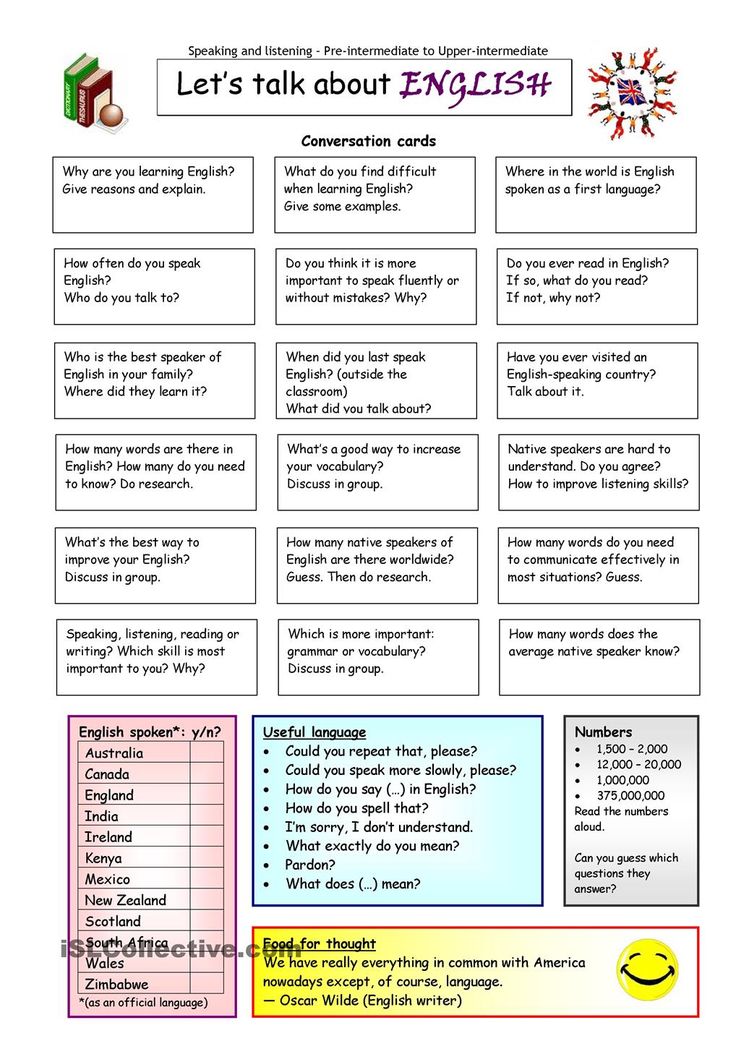 When chatting with friends, avoid broken messages and do not use emoji instead of words.
When chatting with friends, avoid broken messages and do not use emoji instead of words.
First, writing is a great way to apply and reinforce what you have learned. Secondly, if you write by hand, it will help you remember new words even better.
8. Memorize aphorisms, poems, quotes
It is much more pleasant to learn catchphrases that touched the soul than to memorize vocabulary items one by one. Mark and write down everything that is hooked. Learn, repeat and reread. Over time, there will be more interesting expressions in your vocabulary.
It's not just about embellishing speech. Imagine how great it will be to show off your knowledge in a conversation. Just do not be zealous with quotes and high-flown lines: you may be mistaken for an upstart.
9. Use flashcards
If you can't remember a very difficult and interesting word, use the flashcard method. Many people know this method from school.
On one side of the card you write the word, on the other side you write its meaning. First you need to try to remember the answer yourself, and then turn the element over and check yourself.
First you need to try to remember the answer yourself, and then turn the element over and check yourself.
This method is very simple and effective: the memorization process begins with preparation. Therefore, it is better not to use applications, but to create cards yourself and write on them by hand. Yes, and you can take a small pile with you anywhere.
10. Practice
- Make sentences where each word starts with the next letter of the alphabet. For example: “The stork was a great harmonica player. Even the raccoons howled plaintively and nodded their curious muzzles, enjoying the charming songs. That skill became fatal, fatal. The gloomy heron ambitiously threw poison at the frail, selfish youth.
- Make up stories from words that belong to the same part of speech. Describe your morning using only nouns. “Call, wake up, alarm clock, turn off. Rise, search, clothes. Approach, window, opening, freshness. Cheerfulness, inspiration, joy.
 By the same principle, make up stories with only verbs, adjectives or participles. This activity seems simple only at first: if you set yourself the goal of adding more and more details, you will have to learn how to carefully select words and pull them out of the passive vocabulary.
By the same principle, make up stories with only verbs, adjectives or participles. This activity seems simple only at first: if you set yourself the goal of adding more and more details, you will have to learn how to carefully select words and pull them out of the passive vocabulary.
- Compose tautograms. This is the name of the sentences, all words of which begin with the same letter. Here is an example from Nikolai Kultyapov's Olgin Ostrov: Onuphry's father, Osip Ostromirovich Ordynsky, graduated from Oxford full-time. He unequivocally refused to remain far from the Fatherland, going back. The obsessed Ordynsky announced a survey of individual districts, regions, vast outskirts.
- Choose synonyms and antonyms for words. This exercise can be done anywhere and anytime. Bored in line or at lunch - come up with a synonym for the word. For example, “beautiful” is picturesque, wonderful, gratifying, beautiful, and so on. Do the same with antonyms.
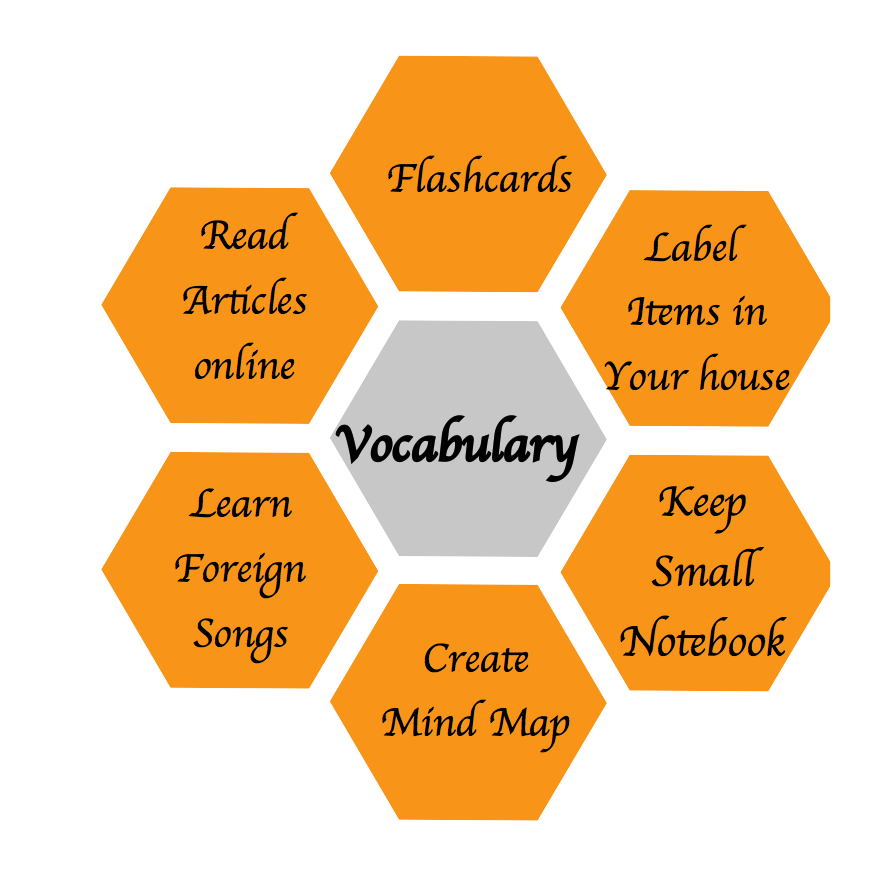
11. Play
You can learn new words while having fun. Solve puzzles, solve puzzles and crossword puzzles - it's practically a vacation. Apart from the hard work of the brain, of course.
12. Follow the "Word of the Day"
Install applications like "Word of the Day" on your smartphone, subscribe to relevant blogs and mailing lists. As a rule, in such headings, complex and unusual lexemes are presented with an explanation and an example of use.
This will help if you can't find the time to look up new interesting words and their meanings. All you have to do is learn them and put them into practice.
Read also 🧐
- How to change your speech to sound more confident
- 20 words that even literate people spell wrong
- 10 expressions that have no place in your vocabulary
5 exercises to develop vocabulary
How pleasant it is to listen to eloquent and competent speech when a person knows how to choose the right words and accurately describe his thought. And illiterate, “poor” speech, which is quite difficult to understand, cuts the ear just as much. It is a large vocabulary that is a sign of intellectual development and can help you in learning, working or speaking in front of a large audience.
And illiterate, “poor” speech, which is quite difficult to understand, cuts the ear just as much. It is a large vocabulary that is a sign of intellectual development and can help you in learning, working or speaking in front of a large audience.
Before starting the study of exercises to increase vocabulary, let's look at the types of vocabulary:
- Active vocabulary. These are the words that we use in everyday life when communicating with friends, family, colleagues. When writing letters, SMS in chat, social networks. When we speak, we do not think about the words and do not put effort into constructing sentences.
- Passive vocabulary. These are words that we know, but do not use in conversation. As a rule, the passive reserve can be 2-3 times greater than the active one. On occasion, we can search in our head and find the right words, but we do this very rarely.
- External vocabulary. These are words we don't know. Usually these are specific words from the professional field of activity.

It is rather difficult to set clear boundaries in the vocabulary. Children's vocabulary can average 1000 words, adults have 10 times more. Erudite people who are constantly engaged in self-development, read a lot of books and constantly study, have a vocabulary of up to 50,000 words. Therefore, we have selected such universal exercises to expand the active vocabulary that schoolchildren, students or specialists can perform.
- Alphabet exercise. You need to come up with a sentence in which all words will begin with the next letter of the alphabet. Example: "Alina runs in the thick of trees." Try to make long sentences using words from A to Z.
- Noun exercise. Make up a story and tell it using only nouns. "Morning. Water. Walk. Dog. Tea. Breakfast. Underground. Job. Meeting. Tasks. Dinner."
- Exercise "Verbs". Repeat the previous exercise, only using verbs instead of nouns.
- Exercise "Adjectives and adverbs". Also invent a story, just voice it now with the help of adjectives and adverbs.
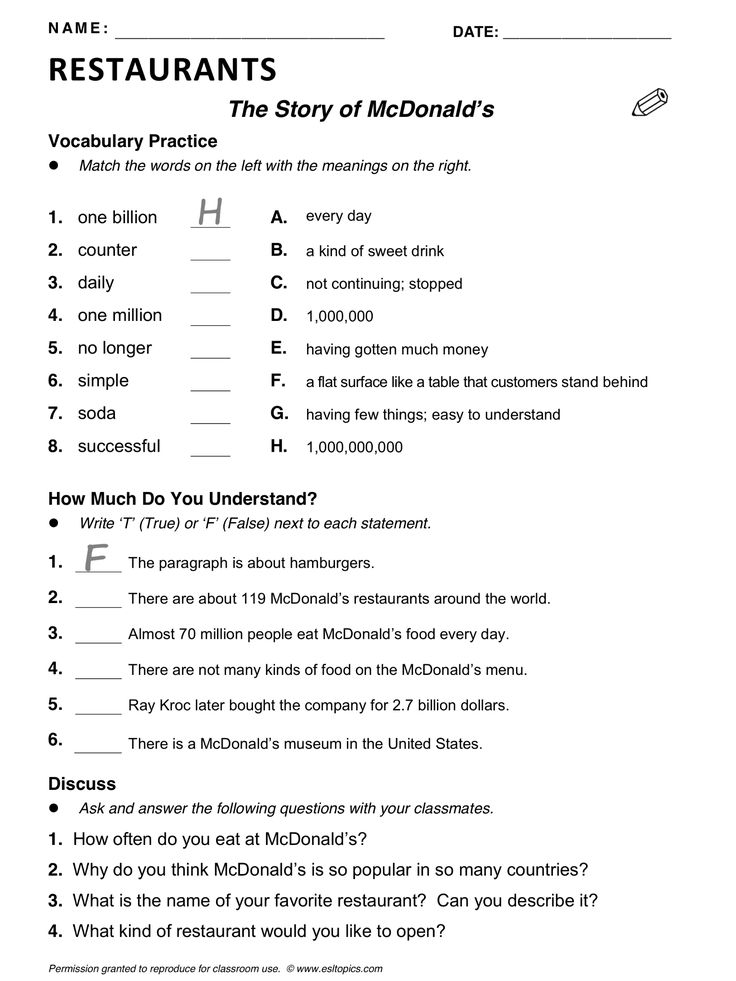
Learn more


